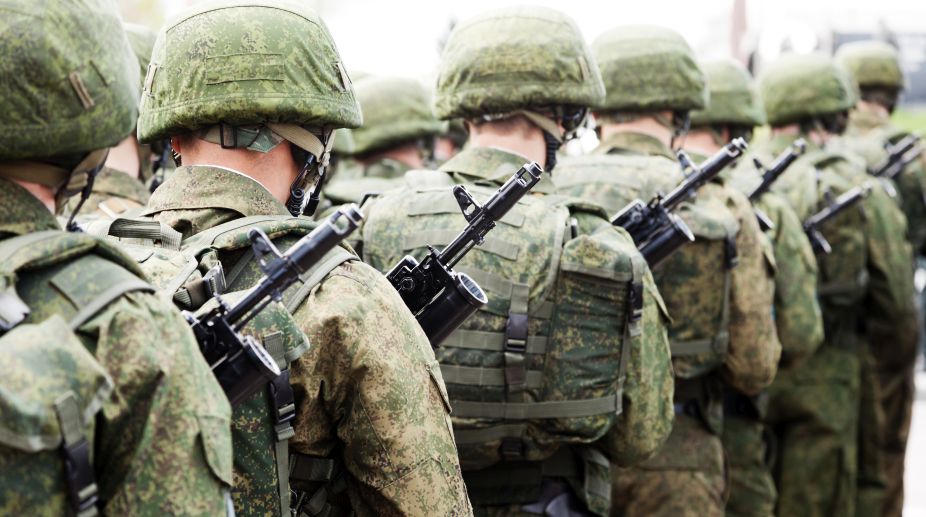Police entered JU as stalemate continues
A meeting to resolve the stalemate in the campus could not be held with the students protesting against the presence of Prof Om Prakash Mishra of International Relations (IR) department, this afternoon.

The Japanese Defence Ministry on Tuesday started construction of seawalls for a new US base in Okinawa amid local uproar, a media report said.
The Okinawan chapter of Japan's Defence Ministry began the construction to surround an area in a coastal region on the island for the controversial relocation of a US military base, Xinhua news agency reported.
Advertisement
The Okinawa Defence Bureau launched the full-scale operations around a site to be filled with sand and earth that would prevent sediment spreading.
Advertisement
The construction work has drawn staunch criticism from local residents as well as officials in Okinawa, and protests to the reclamation work have been frequent.
Okinawa Governor Takeshi Onaga is a staunch opponent to the base's relocation and has been fighting doggedly to see the plan scrapped.
He has sued and been counter-sued by the Japanese government.
In February, Onaga visited the US in person to convey his message of resistance to US President Donald Trump.
Onaga may now look to block Prime Minister Shinzo Abe's government's reclamation work by refusing to issue a permit necessary for coral reefs to be moved in the area in which land is being reclaimed from, sources have said.
The land reclamation work and future construction was to facilitate the relocation of the US Marine Corps' Air Station Futenma.
The Futenma base is currently located in a densely populated area of Ginowan in Okinawa and will be relocated to the coastal area of Henoko as per the Japanese government's plans despite resolute local opposition.
The Defence Bureau's new phase of construction on Tuesday follows maritime reclamation work in February involving dropping concrete blocks into the sea off the coast of Henoko from vessels equipped with large cranes.
The vessels dropped 220 blocks, each weighing 14 tons to form barriers in four areas in the sea where the seawalls would be built.
The islanders feel they have been till date "used" by the government before, during and after WWII, with protests at hosting 74 per cent of all US bases in Japan further intensifying following the the crash-landing of an MV-22 Osprey in Nago in Okinawa in December 2016.
Advertisement